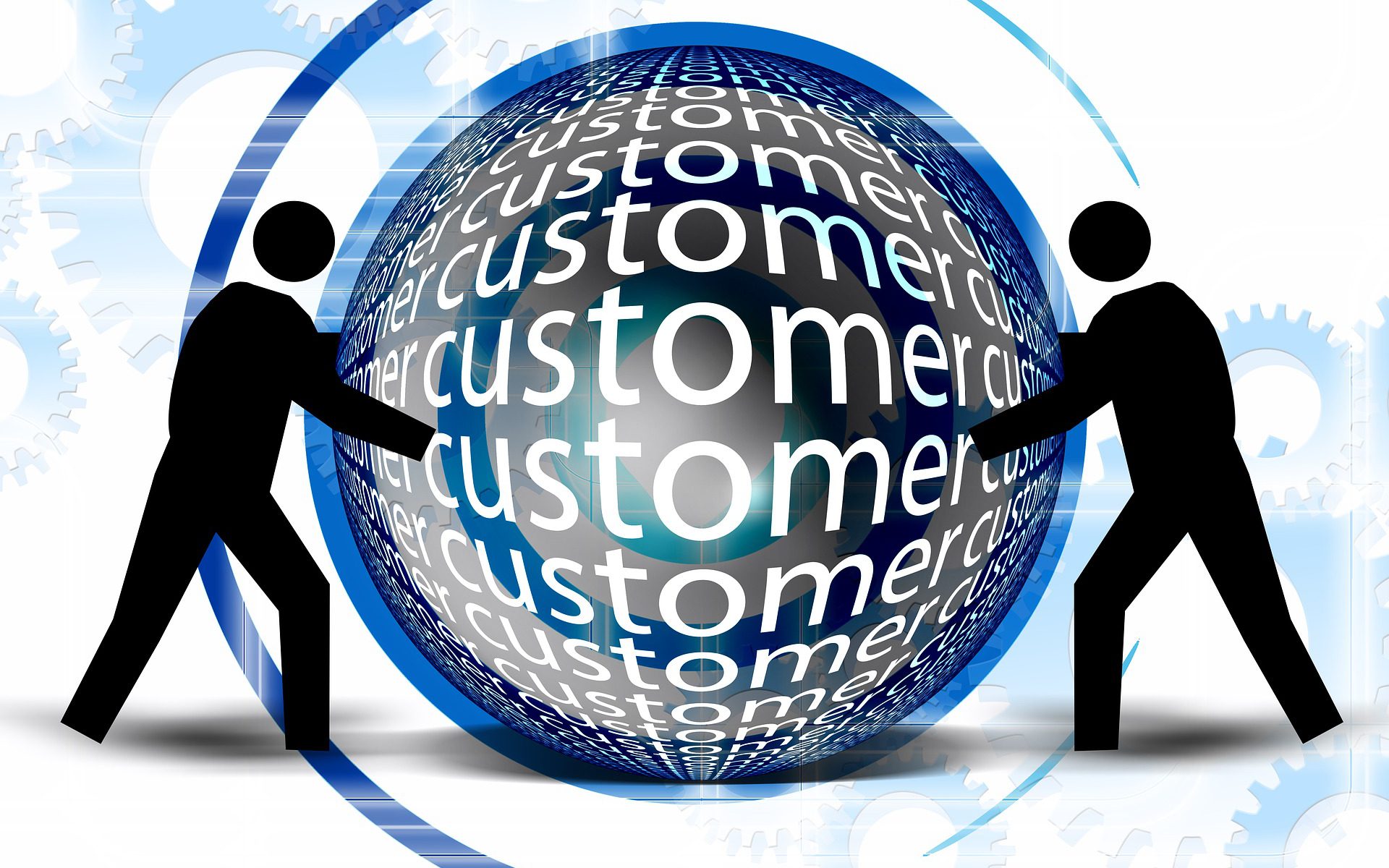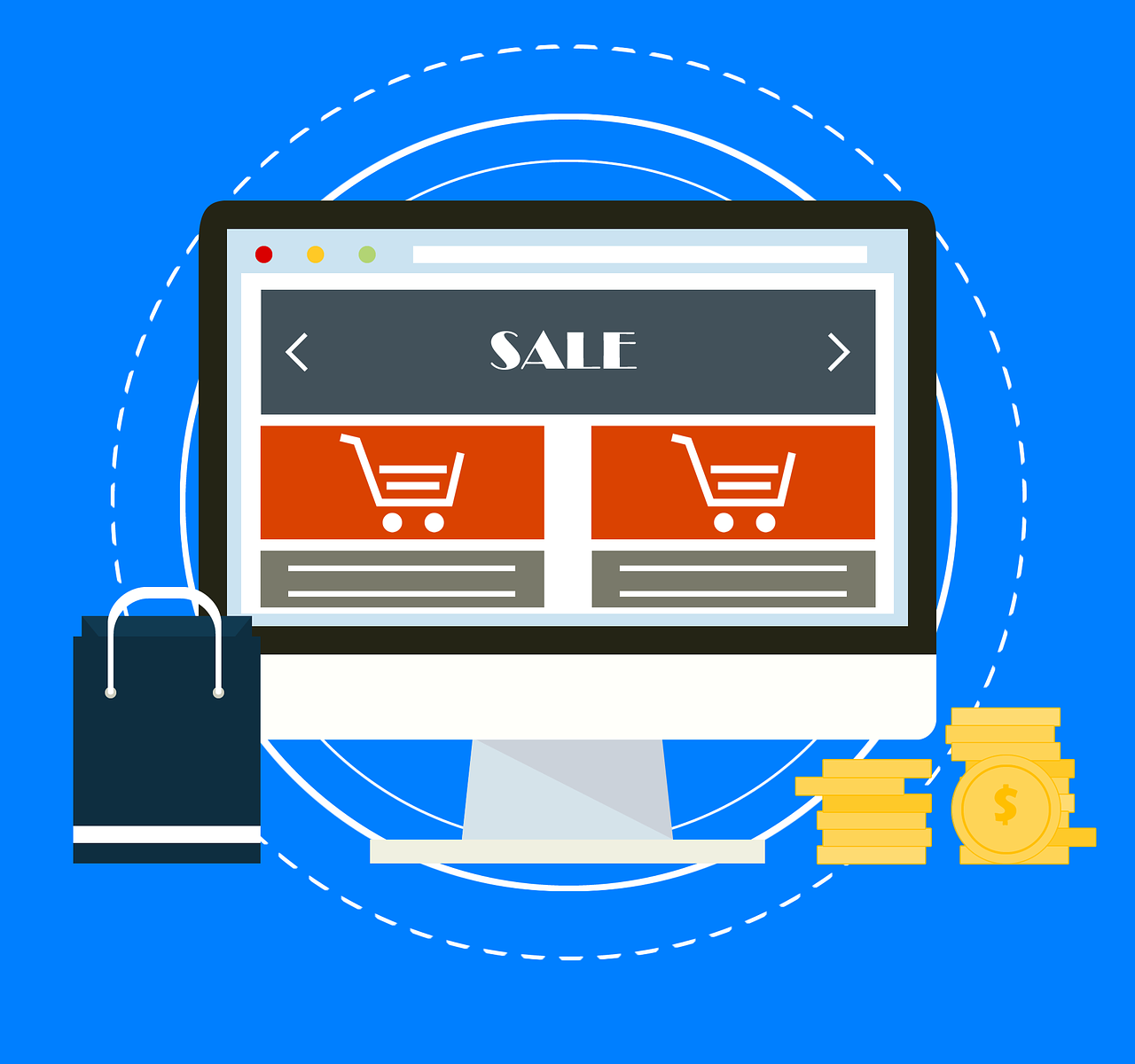Technology has shaped the way we do business, especially in the last fifteen years. Over the course of its transformation, the sales and marketing aspect of business has evolved from one mode of customer engagement to the next.
This paradigm shift has had a lot of implications in many of today’s small to medium enterprises. Accessibility to products and services coupled with the growing number of online users also meant that the competition for customer attention will be more relentless than ever.
There are number of ways our recent technology in sales and marketing has affected the business sector. However, our focus will be the most prominent ones and have the greatest impact to customer engagement and sales on a global scale.
Major Shift from Traditional Marketing to Omnichannel Marketing
Before PCs and smart phones were adapted for consumer use, customers had no way of interacting with the businesses since everything was basically a one-way communication between the company and the audience (also known as traditional outbound marketing).
But as more people are starting to gain access to online services, this type of customer engagement had slowly become a thing of the past.
Some companies took their old marketing approach and moved it online (YouTube commercials, online ads, online stores, etc.). However, unlike traditional media, online consumers are able to make their voices heard through the social media, comments section, forums, online reviews, vlogs, and the list goes on.
This sparked a new era of customer engagement and the birth of omnichannel marketing. Businesses are continuously harnessing the potential of social media, blogs and online sites, using the latest CRM technology to manage their contacts and maintain customer relationship.
Bigger Opportunities for Small to Medium Enterprise
Big companies used to occupy a large portion of the market until the Internet reached full status at the turn of the 21st century. They stayed top-of-mind through promotional ventures and ads, while small businesses struggled to make an impact.
But with the major shift from traditional marketing to online customer engagement, things are about to change. Today, it is not uncommon to find multi-million dollar businesses with a solid online presence coming from the lower echelons of the business sector.
Social media, email marketing, content marketing — to name a few — enable business owners to expand their borders far beyond the reaches of traditional marketing.
However, unlike TV ads and other promotional material, it is by far the most cost-effective method when it comes to promoting brands and maintaining customer loyalty, so much so that even long-established companies followed suit and retrofitted their businesses with online marketing strategies.
More Businesses Competing for Online Space
Competition is the natural outgrowth of this technological innovation in customer engagement.
During its infancy the Internet relied heavily in physical servers to create a virtual space for users worldwide. When cloud computing went full swing, this limitation was done away with.
Consequently, competing businesses have also grown by the millions using the Internet as the battleground for online supremacy.
To see just how much competition we’re dealing with, try searching the word ‘car’ in the Google search bar and you’ll find over 5 billion search results just for the word.
Assuming that you’re doing car sales, this meant that establishing your online presence would be an uphill battle unless you have the technical know-how to outmaneuver and bury your competitors.
Because competition is so fierce, businesses must continue to innovate and find new ways to stay relevant. Content marketing has become a buzzword and now businesses are flooding the market with blog posts, podcasts and videos. But because there is so much content, it is hard to stand out with a simple 500-word post.
Kijiji featured some up-and-coming rap artists in one of its campaigns. A Montreal rapper made a song called “Gotta sell my stuff” which received over 830,000 views on YouTube. This is the type of content marketing that will be successful — fun, entertaining, and inclusive. Content marketing is not about talking to your customers. It’s about including them into the conversation.
Improved Customer Service through CRM
Since the advent of customer relationship management tools, customer service has improved by leaps and bounds. Companies don’t have to pull numbers out of thin air when trying to figure out their customer’s specific ‘pain points,’ creating value for their customers, and improving customer experience.
Mobile CRMs such as Small Business Dream features customer acquisition tools, including sales funnel, card scan function, survey engine, Google Analytics, coupled with an efficient follow-up system to keep track of every customer engagement, upcoming calls, or scheduled appointments.
By emphasizing a customer-driven approach to sales and marketing, businesses are able to keep a steady flow of qualified leads and repeat customers.
Visit our site at www.smallbizdream.com and experience the power CRM technology for your small business.






